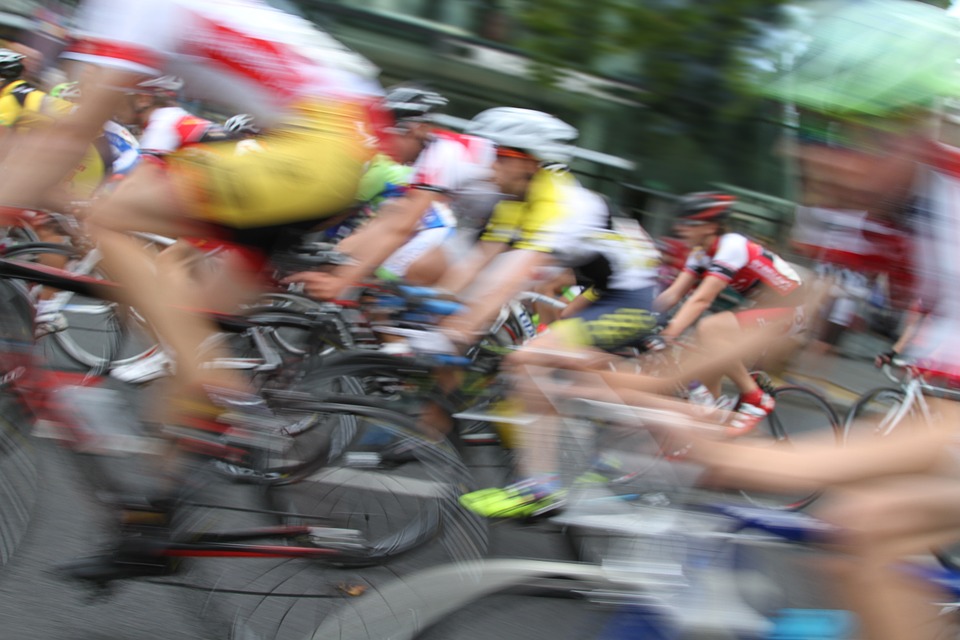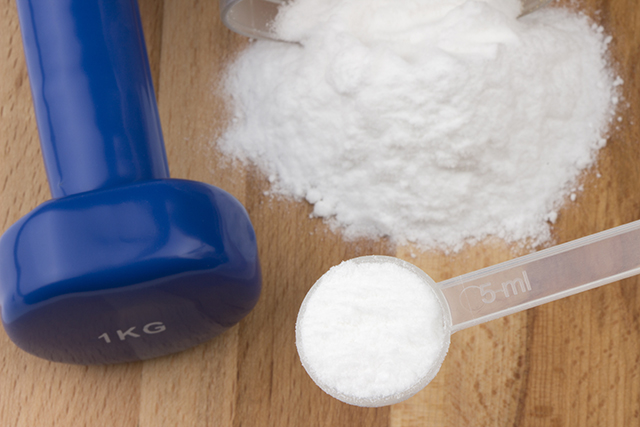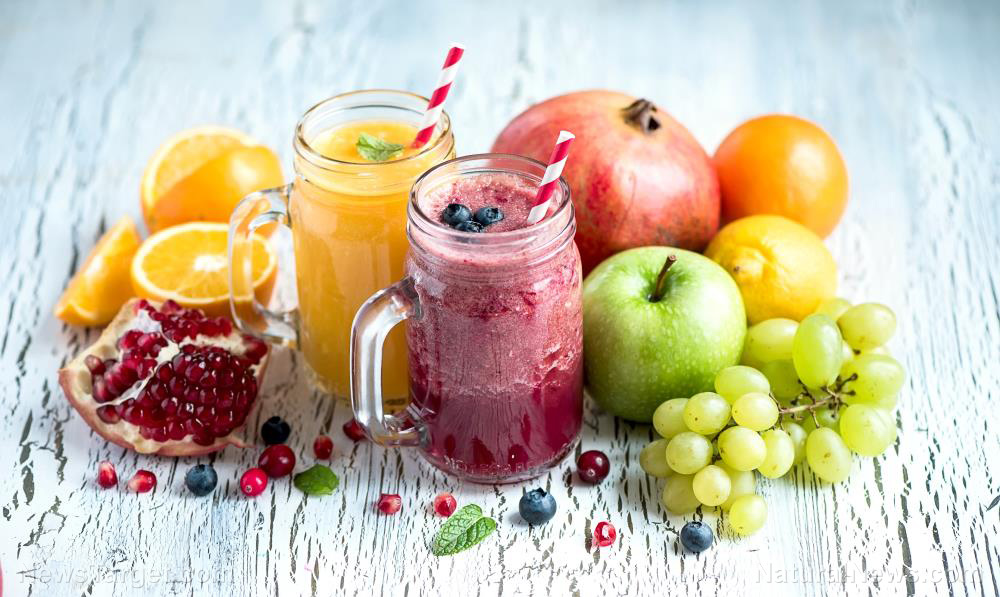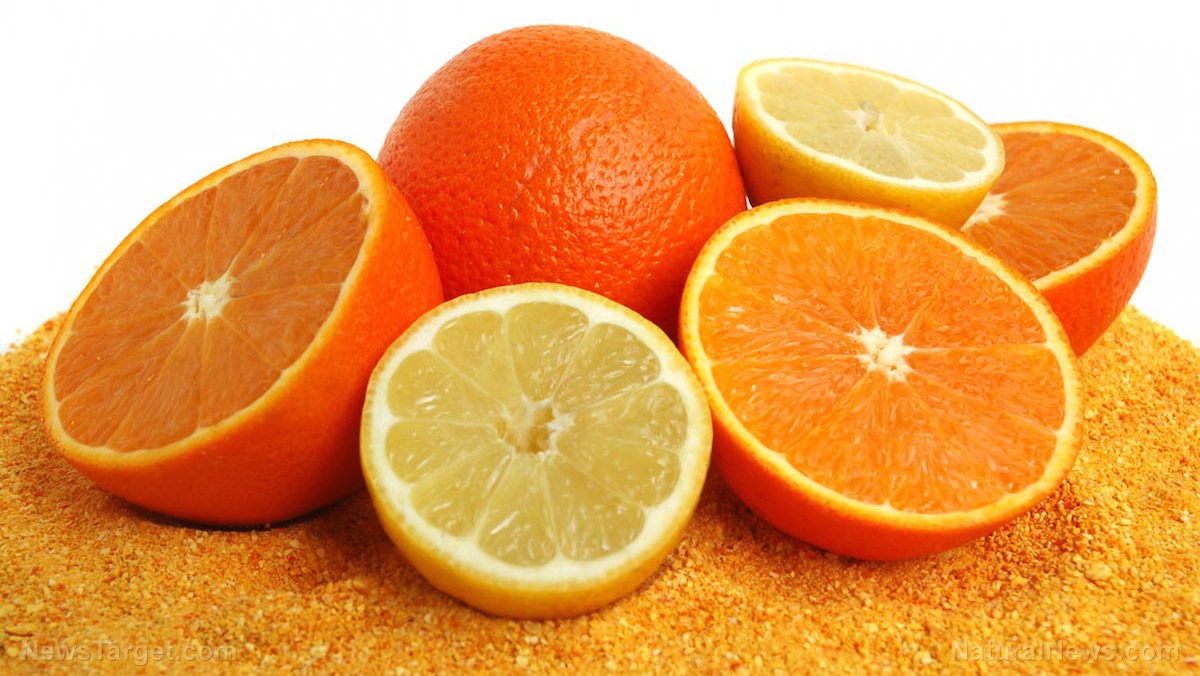Another study, published in the same journal and conducted by researchers from Canterbury Christ Church University, found that cycling performance improved between 1.3 and 3.1 percent after cyclists ingested a sugar pill they believed to be caffeine. Interestingly, the gains were greater in cyclists who thought they were taking nine milligrams of caffeine versus those who thought they were taking four and a half milligrams. Of course this had nothing to do with what was in the sugar pill, and everything to do with what the cyclists believed was in the sugar pill.
Perhaps you’re thinking that a 1 to 3 percent performance gain is negligible and only relevant to those trying to win Olympic medals. You’re mistaken. Let me do some marathon math for you. Assume a respectable goal finishing time of three hours and 30 minutes:
• A 1 percent gain is two minutes saved.
• A 2 percent gain is four minutes saved.
• A 3 percent gain is six minutes saved.
These are significant gains, the stuff that makes or breaks qualifying for the Boston Marathon, or the difference between your ability to call yourself a “sub-four” runner instead of needing to say, “I went four-oh-two.”
That’s why, in a 2013 paper in the International Journal of Sports Physiology and Performance, Shona Halson and David Martin, both physiologists at the prestigious Australian Institute of Sport, argue that the exercise-science community should stop overlooking the “fake effects” associated with placebos and instead start using the “very real effects” associated with belief. “Powerful performance-related outcomes associated with improved belief in a training program or novel intervention,” they write, “are real effects that need to be harnessed.”
One such way to harness the power of belief is to adopt a commercially available performance-enhancing intervention — a few of which have at least some evidence of efficacy — and fully commit to it. In other words, if you are going to use beet-root juice (claim: increased oxygen delivery to the muscles), caffeine (claim: decreased perceived exertion), compression socks(claim: improved blood flow and recovery), or beta-alanine (claim: enhanced muscular function), be anything but skeptical — use them like a true believer. Based on the current literature, each of the above products probably has some “real” effects. It’s just that these real effects are likely amplified, and perhaps in a big way, by belief. I’m using beta-alanine and beet-root juice in advance of my November marathon. I have no idea if the beta-alanine or beet-root juice will help me, but I’m quite confident that mybelief that they’ll help me will help me.
It’s interesting to note that all the above interventions, along with sleeping in an altitude tent and wearing lighter shoes, have been shown to independently enhance performance by 1 to 3 percent. Yet if a runner goes from doing none of these things to doing all of them, he or she rarely, if ever, experiences a 10 percent jump in performance. Far more likely is that he or she will experience a 1 to 3 percent increase, the same magnitude that would be expected from any single intervention — suggesting that it might be the power of belief itself that is leading to that small but significant gain.
Another (perhaps harder, but certainly less expensive way) to harness the power of belief comes not from ingesting a pill or purchasing the latest and greatest ergogenic gear. It comes from within. Sarah Piampiano, who over the past few years transformed herself from being a chain-smoking investment banker to one of the world’s best Ironman triathletes, recentlytold me this:
There is such a difference between asking yourself, “Oh gosh, can I do it?” and saying “I’m going to do this.” The former breeds self-doubt and almost always stifles performance. The latter sets you up to go all-in and have no regrets … Honestly, I think my biggest asset is my comfort with taking risks and my unwavering self-belief. Knowing I put in the work and having confidence in it.
Prior to a marathon (or any other big event) one of the best things you can do is reflect on all the work you’ve put in. Go back in time via a quick trip through your training log. Remember your toughest workouts. Gain confidence that while you are resting in the days before your race all your training is soaking in. Remind yourself of all these things on the starting line. Swallow them down like a pill. Doing so will increase your chances of having a breakthrough performance.
Trading doubts and fear for belief makes you more likely to take constructive risks and get the most out of yourself. You get out of your own way, freeing your mind and body to do what they are fully capable of. This is an effect that has been documented beyond athletics. For example, studieshave found that a woman’s performance on mathematical tests is strongly affected by her beliefs about women and math. When women are told that men are better at math, they score much lower than when they are told women are equally or more capable. Other research shows that when students believe their ability is not fixed, but rather that they can improve — what’s often referred to as a “growth mind-set” — both their acute and long-term performance rises.
The stories we tell ourselves and each other (coaches, parents, teachers: this means you) matter. It may be a story about a pill, a story about compression socks, a story about all the hard work we’ve completed, or a story about our innate potential. Whatever the case may be, positive yet realistic stories seem to yield positive yet realistic results.
Brad Stulberg writes about health and the science of human performance. He’s a co-author of the forthcoming book Peak Performance. Follow him on Twitter @Bstulberg.
Read more at: nymag.com





















